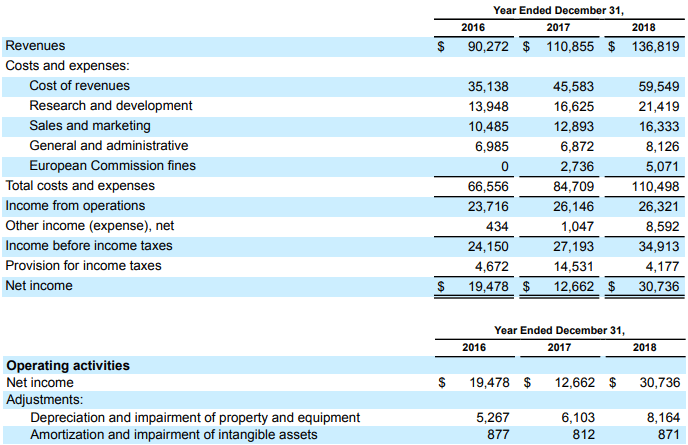

Such companies typically carry high debt loads and have substantial fixed assets, which often translates to poor earnings.Īnalysts also use EBITDA for valuing such companies because negative earnings can make it complicated to determine the company's financial situation.ĮBIT is a vital business metric that comes in handy for several scenarios. EBITDA is better suited for capital-intensive and leveraged companies. Determining which calculation makes the most sense for your business depends on your industry or the purpose of your analysis. But accountants will often use them to determine a business' overall financial standing.īoth EBIT and EBITDA are equally important. Both are not GAAP-approved metrics and don't appear in an income or cash flow statement. Although different, both EBIT and EBITDA are critical in estimating essential analysis tools. These losses don't involve the firm spending actual money, but are considered losses nonetheless.Īn EBIT analysis will tell you how well a company can do its job, while an EBITDA analysis estimates the cash spending power of a company.ĮBITDA is useful in companies that have heavy capital investments. In EBITDA, depreciation and amortization are actual representations of the value lost as assets like property and equipment age. On the other hand, EBITDA measures the cash flow of the business. It only focuses on business operations and nothing else. The EBIT formula allows you to assess the performance of the core business model. The larger the depreciation expense, the bigger the EBITDA. However, because EBITDA doesn't take earnings after depreciation into account, it can distort how companies with substantial fixed assets are actually performing. The biggest difference is that EBIT excludes depreciation and amortization of fixed assets like equipment and buildings.ĮBITDA can offer a more accurate impression of a company's operating profit than EBIT, especially for companies with a substantial number of fixed assets. Earnings before interest, taxes, depreciation, and amortization (EBITDA) is very similar to the amounts included in a typical EBIT calculation. EBITDA?ĮBIT and EBITDA are relatively similar metrics, but ultimately provide a snapshot of a company's financial health. Using either equation, the EBIT for this company is $300,000. Take, for instance, a company with the following income statement: The first equation mainly analyzes profitability while the second measures operational performance. Operating expenses – this refers to running costs like rent, corporate salaries, marketing, insurance, and equipment.Īlthough both equations result in the same net income, they serve different purposes.COGS – represents the cost of goods sold, including equipment, raw materials, employee labor, and shipping.Revenue – represents the total amount of money earned from product sales.Interest – the company's profit deducted before calculating net income.ĮBIT = Revenue – COGS – Operating Expenses.Net income – this is also the net profit or the company's bottom line.To calculate EBIT, you should deduct direct and indirect expenses from the net revenue, excluding interest and tax.


 0 kommentar(er)
0 kommentar(er)
